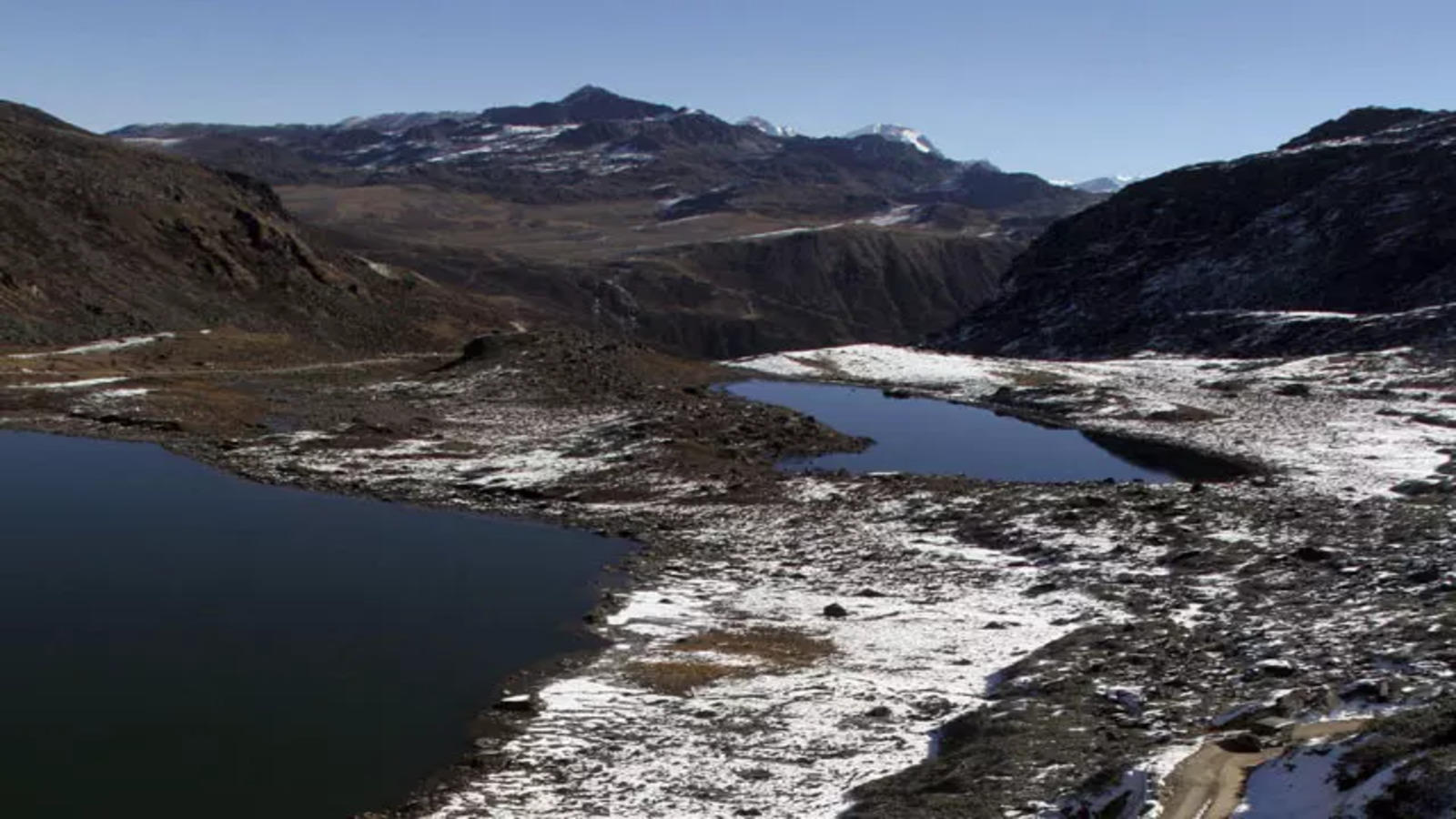
The crisis that began at the disputed China–India border in the Tawang area in December 2022 was not the first—and almost certainly will not be the last—standoff at the Line of Actual Control (LAC). But the crisis was unique and its implications for China-India relations are likely to be far-reaching. It underscored the degree to which the longstanding border dispute, and the increasingly troubled relationship, have entered a new and more volatile chapter.
The border dispute undeniably remains one of the major issues impinging on Sino-Indian bilateral ties. Experts contend that there are multiple factors today which sustain the border dispute. The first is the geographical constitution of the disputed areas: The rugged, featureless terrain and extreme weather conditions make determination of the precise alignment challenging. Subsequently, implementation of border agreements on the ground also remains elusive. Second, there is asymmetry in the level of urgency for the settlement of the border dispute. In contrast to New Delhi’s efforts seeking a quick settlement, Beijing has staunchly resisted any fast-tracking of the resolution process, arguing that the border dispute is a complicated question and should be negotiated only when conditions are favourable. The primary reason for this difference in approaches is that the disputed border does not pose a security threat to China, and therefore Beijing is willing to wait for a more beneficial resolution. In contrast, New Delhi sees the border dispute as source of instability and worries that China would use the unresolved border to bully India. The third factor inhibiting the resolution of the border dispute is intense nationalism in both countries.
A great deal of ink has already been spilled analyzing the standoff, which began in May 2020 when People’s Liberation Army (PLA) soldiers advanced to occupy a “grey zone” near the LAC claimed and patrolled by both countries on the north bank of Pangong Lake in Ladakh. This was followed by a buildup of military forces at multiple junctures farther north along LAC where Ladakh meets Tibet, including at Hot Spring, Gogra, the Galwan Valley, and, later, the south bank of Pangong Lake.
Brief, nonviolent encounters between Chinese and Indian border patrols are not uncommon along the LAC, but are generally well-managed, thanks to a detailed set of de-escalation protocols. Prolonged standoffs at the LAC, in which Chinese forces set up camp beyond established patrol lines, are more uncommon. But they have been growing in frequency since 2013, the year Xi Jinping was elected president (and one year after he became General Secretary of the Central Committee of the Communist Party). The summer of 2017 saw a new form of border crisis emerge when Chinese and Indian troops engaged in a standoff in territory disputed by China and Bhutan, not far from a sensitive sector of the China–India border. India retains outsized influence over Bhutan’s foreign and security policy and when Chinese forces began extending a road southward into disputed territory, nearby Indian forces intervened, prompting a prolonged standoff. Then, in 2019, amateur videos began surfacing online showing unusually hostile encounters between Chinese and Indian patrols near the LAC, engaging in fistfights and rock-throwing, including along the banks of Pangong Lake. There are a handful of disputed sectors in Ladakh where the two sides disagree about the precise location of the LAC; the videos helped to underscore how, in recent years, Pangong Lake has become one of the most volatile. The lake also registers a disproportionate share of Chinese “transgressions” of the LAC, according to official Indian statistics.
For China, the border dispute is intrinsically linked to Tibet and the Dalai Lama, and since the Chinese Communist Party has always projected the Tibetan government-in-exile in a negative light, territorial concessions involving Tawang will not only endanger China’s own rule in Tibet, but will also be seen domestically as sign of weakness; a terrifying prospect for the Chinese leadership. As for India, no political party would be able to propose a territorial exchange with China without seriously jeopardising its electoral prospects, as the memories of 1962 war continue to haunt the Indian national psyche. Lastly, along with the boundary dispute, new issues have begun to stir trouble in Sino-Indian bilateral ties. India’s concerns regarding China’s diversion of the Yarlung-Tsangpo/Brahmaputra river water, the China-Pakistan Economic Corridor, and China’s growing influence in South Asia have emerged as new irritants for Indian policy makers. Similarly, Beijing too is annoyed by India’s increasing proximity with Southeast Asian countries and its diplomatic-military exchanges with the United States, Japan, and Australia. These issues further erode political will in both countries and in this context, territorial exchange by swap or political settlement appears a daunting task.
The recent surge in the economic and military ties between India and USA has global ramifications. Besides, India’s growing closeness with China’s arch rival, Japan, has also upset Beijing. The Indo-US joint strategic vision for the Asia Pacific and Indian Ocean region that was enunciated by the Indian PM and the previous US President had oblique references to China’s aggressive stance in the South China Sea, which invited unsavoury responses from China. The US administration has an even more rigid view about China’s unethical economic policies and maritime aggressive posture in the South China Sea. Therefore, China has slowly drifted towards the countries which are currently on the hit list of US, like Russia, Iran and Pakistan. This alliance is also being viewed as a counter weight to the improved Indo-US relationship and the hard-line stand of US towards China.
Managing the border dispute is both a political and an economic exigency for India and China because any major confrontation between the two countries will not only hurt the long-term prospects for development of both, but will also have significant repercussions on Asian stability and prosperity. Therefore, the policy-making elites of both countries need to frame innovative solutions like creating soft borders through civilian, cultural, and economic exchanges, and involving local communities in managing the border. Such an approach can help reduce the number of military encounters between the two countries and create an enduring peace in the border region. The two countries should also aim toward building strategic trust through open dialogue, exchange of information, and verification mechanisms along the disputed border. Enhancing military-to-military communication, technological collaboration and engagement on multilateral platforms remain indispensible toward building trust. Public perception is another key area that needs to be urgently addressed through civilian exchanges. This would go a long way toward dispelling stereotypes and negative perceptions.
For the foreseeable future, the border dispute will remain a pressing challenge in Sino-Indian ties, however, it is in the national interest of both countries to prioritise their larger bilateral relationship, while at the same time erecting confidence-building measures and dialogue mechanisms to better preserve the benefits accruing from the relationship.















